Learn to drive
Learn to drive with Hedgehog Driving Academy
At Hedgehog Driving Academy, I personalise every driving lesson to suit your skill level and help you build confidence behind the wheel. My goal is not only to help you pass your driving test but also to ensure you become a safe and capable driver for life.
Take advantage of the free information below, designed to support your preparation and give you the best chance of success.
Book your lessons now!
Passing your driving test
Ipswich driving test centre
The Ipswich Driving Test Centre is located on Ransomes Industrial Estate, just off the A14. It’s in a cool looking silver building with a car park in front.
What to Expect on Your Driving Test Day
On the day of your test, arrive at the Ipswich Driving Test Centre no more than 10 minutes before your appointment. This helps keep the car park clear for candidates finishing their tests.
Before Your Test Begins
You’ll reverse into a parking bay, then we’ll head into the waiting room. There’s no need to check in—just wait for the examiner to call your name. There will likely be other tests starting at the same time as yours.
The examiner will confirm your details and ask if you’d like someone to accompany you (we’ll decide this in advance).
The Start of Your Test
The examiner will take you around the back of the building to read a number plate before walking with you to your car. On the way, they’ll ask a “show me, tell me” question, such as how to check if the brake lights are working.
Once inside the car, take a moment to get comfortable and put on your seatbelt—but don’t start the engine until the examiner says, “Drive off when you’re ready.”
During the Test
Your driving test will last about 40 minutes and include:
• One manoeuvre (e.g. bay parking, parallel parking, or pulling up on the right).
• A mix of different road types, including dual carriageways, residential roads, and roundabouts.
• Possibly an emergency stop, but not every test includes this.
After Your Test
When you return to the test centre, I’ll meet you outside (if I wasn’t in the car with you) to hear the examiner’s debrief. They’ll tell you your result straight away and explain any faults you made.
No matter the outcome, we’ll go through your feedback and plan your next steps together!
Top 10 Reasons Candidates Fail Their Driving Test
During your driving test, examiners assess your ability to control the vehicle safely and follow the rules of the road. Any serious or dangerous faults will result in a fail.
Here are the top ten reasons candidates failed nationally during the last year as published by the DVSA:
- Poor Observations at Junctions – Misjudging the speed of approaching traffic, failing to check properly at roundabouts, or not realising you’re at a junction.
- Not Using Mirrors When Changing Direction – Particularly risky at roundabouts, when changing lanes, or when another vehicle is alongside.
- Unsafe Moving Off – Failing to check blind spots, moving into the path of an approaching vehicle, or not making effective observations after an emergency stop.
- Incorrect Position for Right Turns – Being in the wrong lane at a roundabout or positioned too far left when turning right.
- Incorrect Response to Traffic Lights – Missing a second set of lights at a controlled roundabout, not moving when it’s safe to turn right, stopping in a cycle box, stopping when the light is green, or proceeding when the light is green but the exit is blocked.
- Lack of Steering Control – Steering too late, not enough, or mounting the pavement when pulling over. Repeated steering faults will result in a fail.
- Ignoring Traffic Signs – Failing to obey ‘Keep Left’, ‘Stop’, or ‘No Entry’ signs, driving in a bus lane, using the wrong lane at a roundabout, or missing speed limit signs.
- Not Responding to Road Markings – Straddling lanes, crossing double white lines, stopping in a box junction when the exit isn’t clear, or driving over a mini roundabout.
- Poor Road Positioning – Staying in the wrong lane, holding up traffic, or straight-lining roundabouts.
- Inappropriate Use of Speed – Driving too fast for conditions or exceeding the speed limit.
I will teach you how to avoid these mistakes, ensuring you develop good habits before your test.
Frequently Asked Questions
When can I start learning to drive?
You can start driving a car when you are 17 if you have a provisional driving licence.
You can start driving at 16 if you have the enhanced rate of the mobility component of Personal Independence Payment (PIP). You will need your provisional licence and it must show that you can drive motor cars.
What do I need to start my driving lessons?
You need a provisional licence.
You will also need to generate a share code so that I can check your licence online.
Can I have driving lessons in my own car?
I only provide lessons in my own vehicle, as it is equipped with dual controls for safety. These allow me to assist if needed, ensuring both your safety and that of other road users while you learn.
Should I practise driving between lessons?
Yes, but it’s best to wait until we’ve agreed that you’re driving confidently and can control the car while responding quickly to instructions. Since your own vehicle won’t have dual controls, limit your practice to areas and skills where you’ve already developed a good level of competence. This will help reinforce your learning while keeping you and others safe.
Who can I practise with?
You can practise driving with anyone aged 21 or over who has held a full UK, EU, Swiss, Norwegian, Icelandic, or Liechtenstein driving licence for at least three years.
Do I need insurance to practise driving?
Yes, you need learner driver insurance if you’re practising in your own car.
If you’re driving someone else’s car, you must either be covered under the owner’s insurance policy as a learner driver, or take out your own insurance policy that allows you to drive that car.
You don’t need insurance when driving my car, as I have the necessary driving instructor insurance.
Can I use my own car for the driving test?
Yes, you can use your own car as long as it meets the DVSA requirements:
✅ You have the correct insurance and a valid MOT (examiners will check this online—your test will be cancelled if there’s no record).
✅ Your car has L plates and an extra interior mirror for the examiner.
✅ The tyres meet legal tread depth requirements and have no cuts or bulges.
✅ Any modifications made since the last MOT comply with regulations—an illegal exhaust or other non-compliant changes could result in your test being cancelled.
Double-check everything in advance to avoid any issues on the day!
Can I use your car for the driving test?
Yes, most pupils choose to use my car for their test, as I’ll accompany you to the test centre and we’ll have a one-hour warm-up lesson beforehand to help calm your nerves.
However, I will only allow my car to be used if you are driving to a safe and competent standard. I have a responsibility to ensure the safety of you, the examiner, other road users, and my vehicle.
I do not allow my car to be used by learners who haven’t been taking lessons with me.
I do not offer one-off assessment lessons followed by a test. I need to be confident in your ability, which I can only assess after a structured course of lessons.
If you have any questions about using my car for your test, feel free to ask!
How many driving lessons will I need?
The DVSA suggests that, on average, learners require 45 hours of driving lessons and 20 hours of private practice to pass their test. However, everyone learns at their own pace.
Some pupils pass after as few as 20 hours of lessons with no additional practice, while others may need significantly more than 45 hours. It’s wise to budget for the long term to avoid the frustration of pausing lessons due to lack of funds, as this can delay your progress and make it harder to find available lesson slots later on.
If you’re unsure, we can discuss a personalised plan based on your progress and needs. Let’s get you on the road safely and confidently!
Am I ready to take my driving test?
The DVSA publishes a handy checklist that we will use to help us make that decision.
My passes
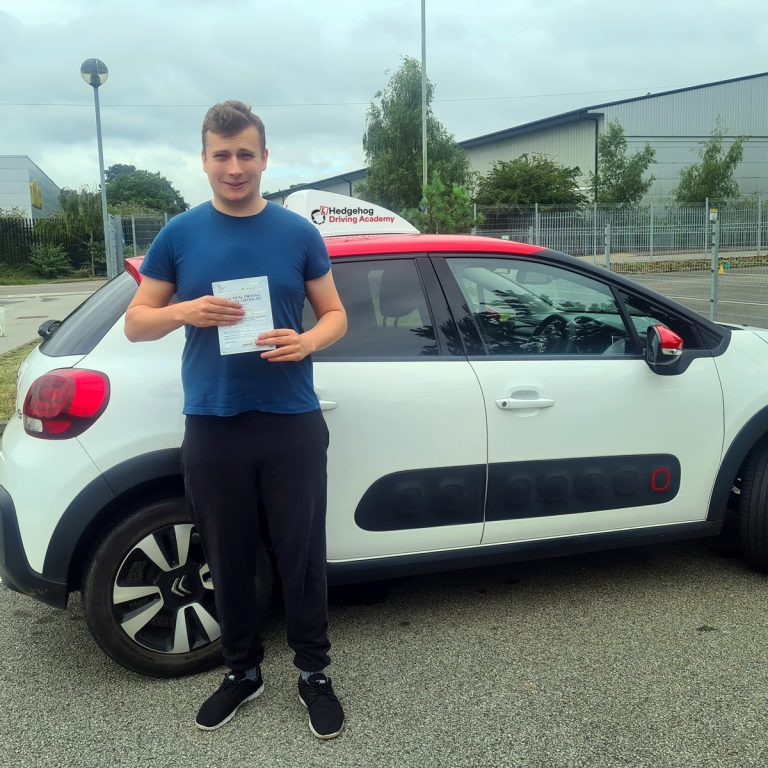
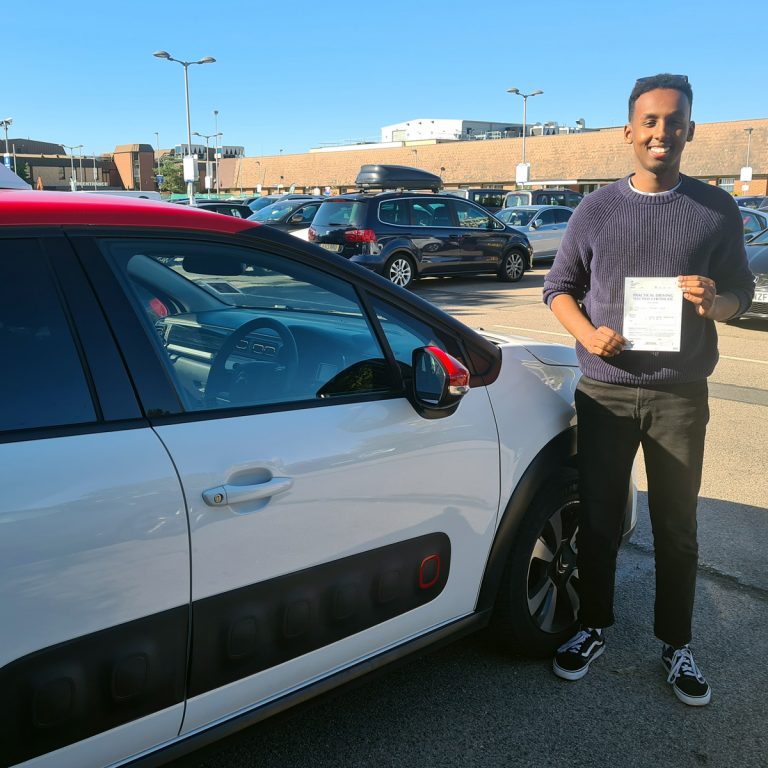
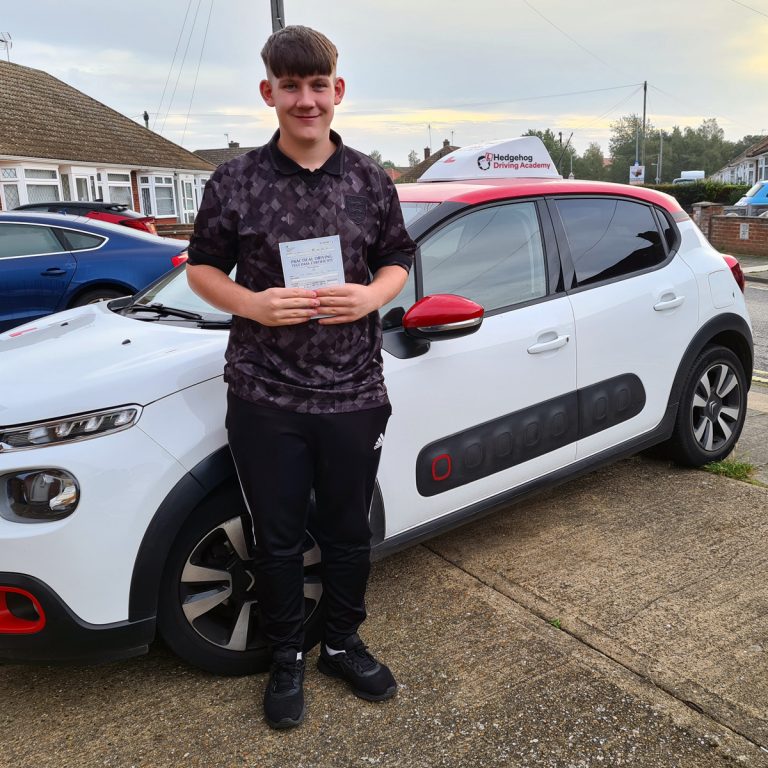
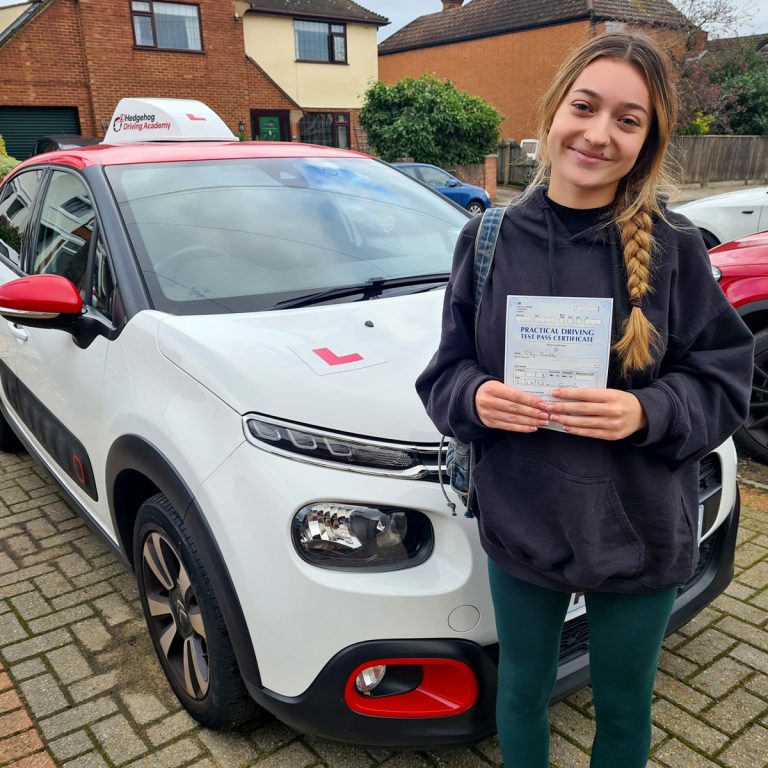
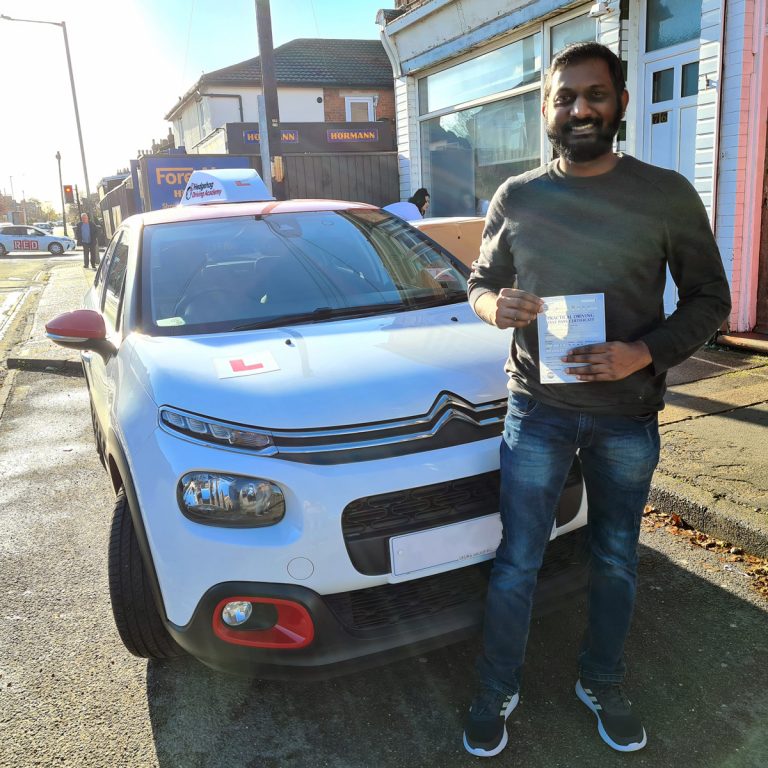
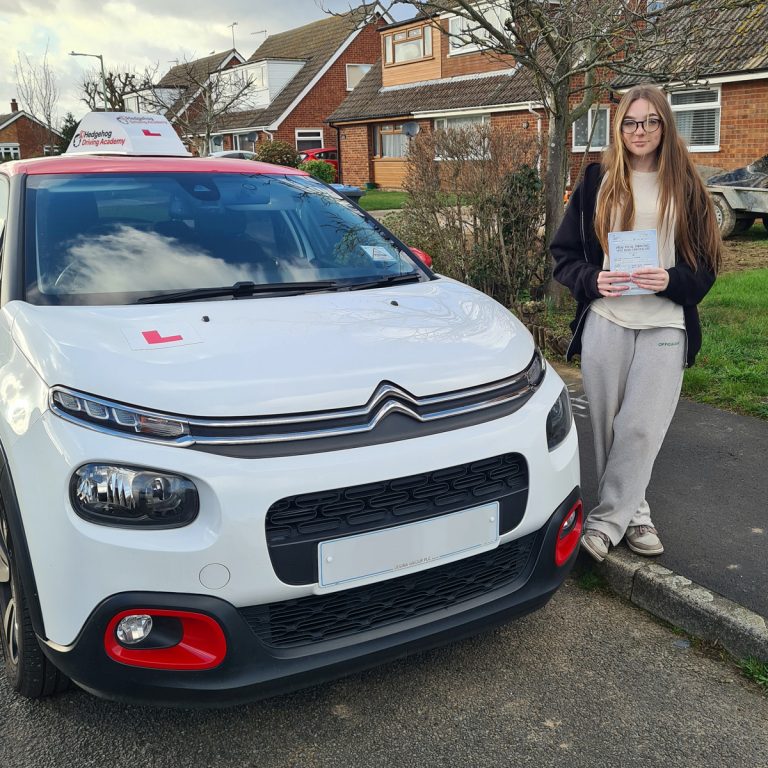
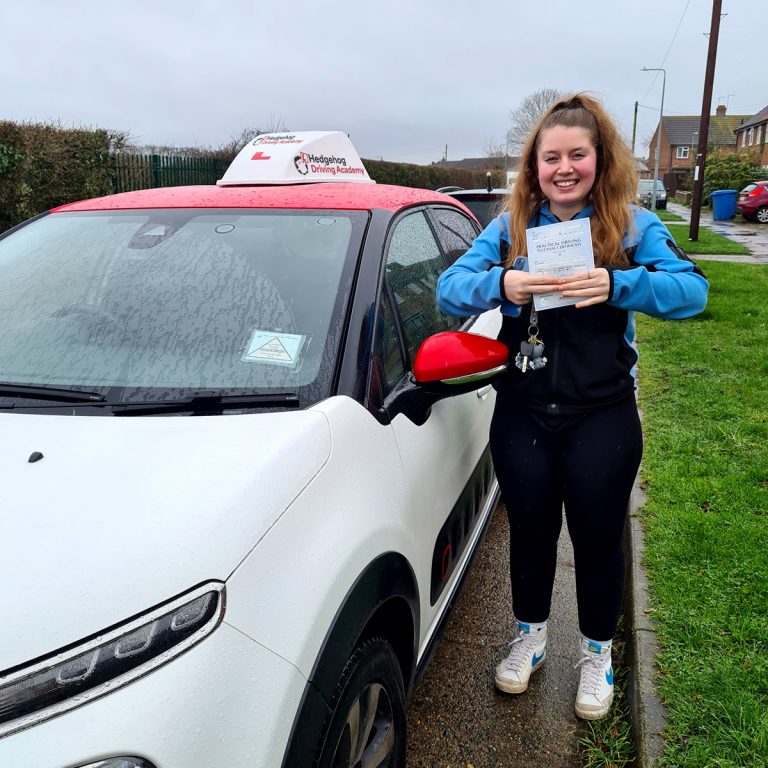
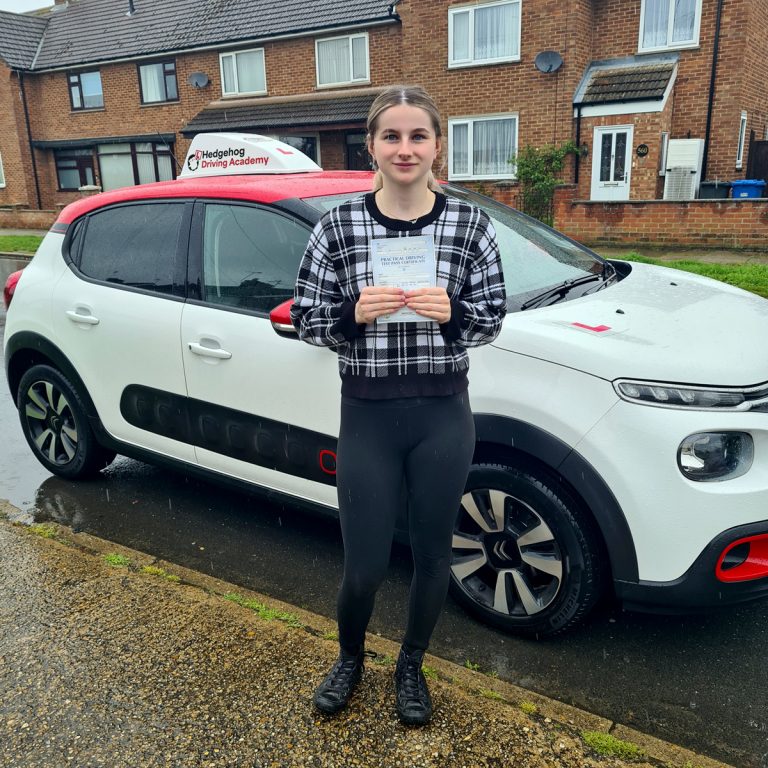
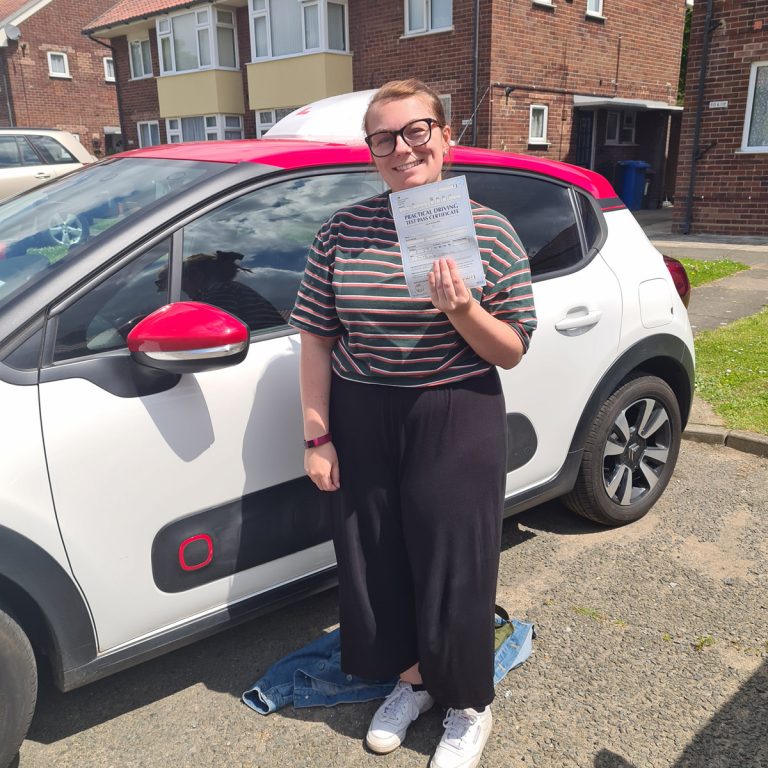
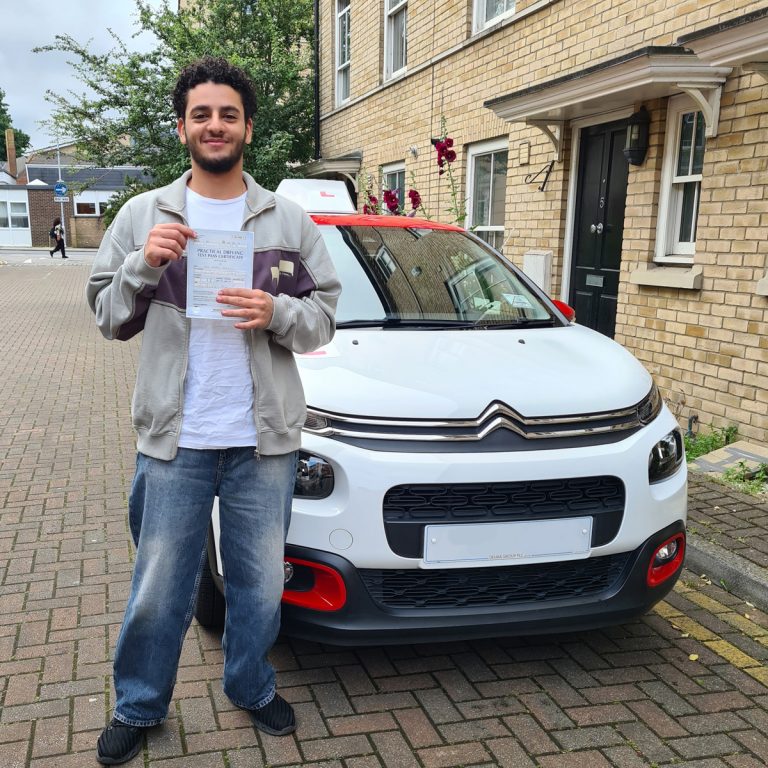
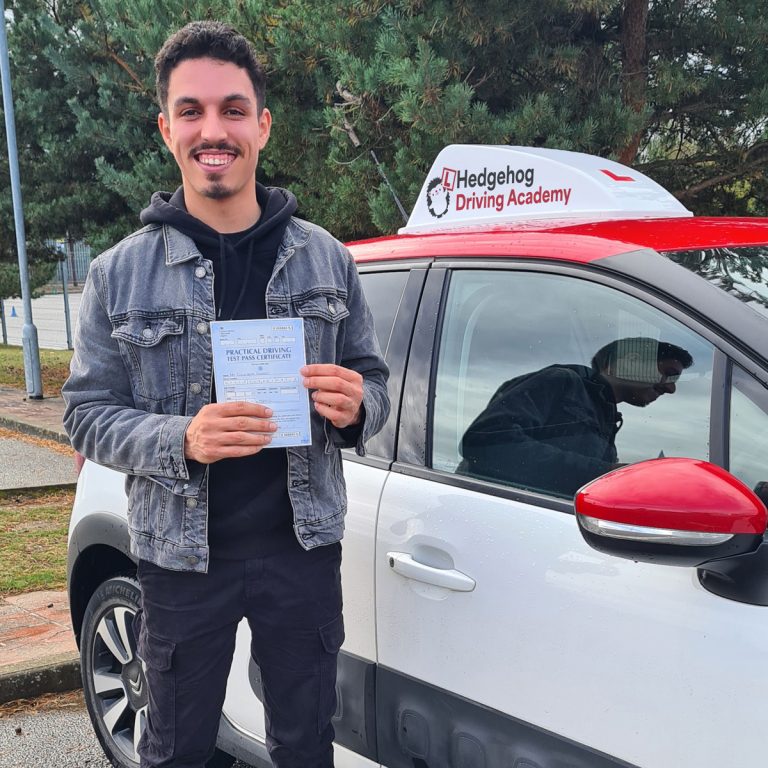
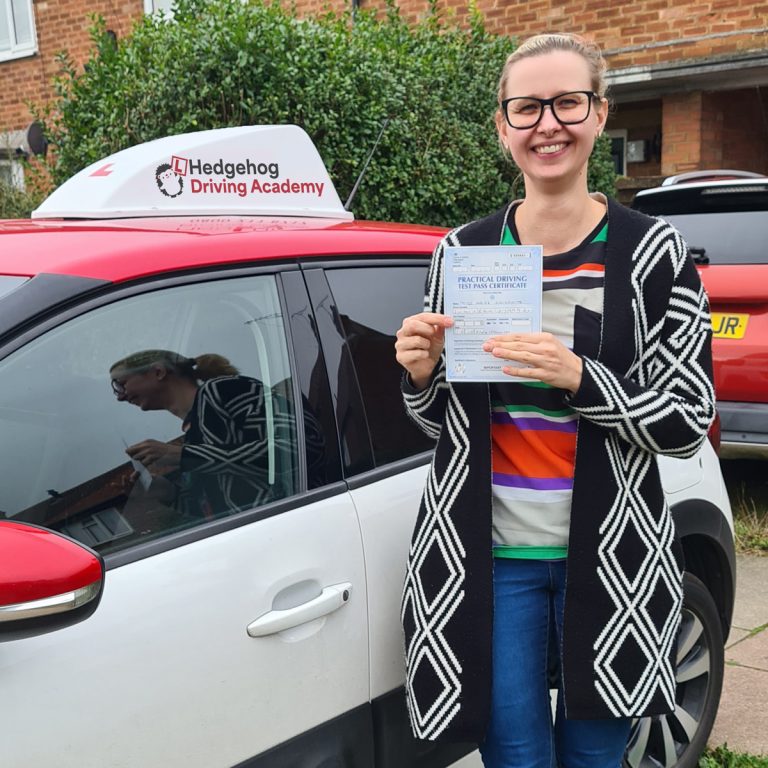
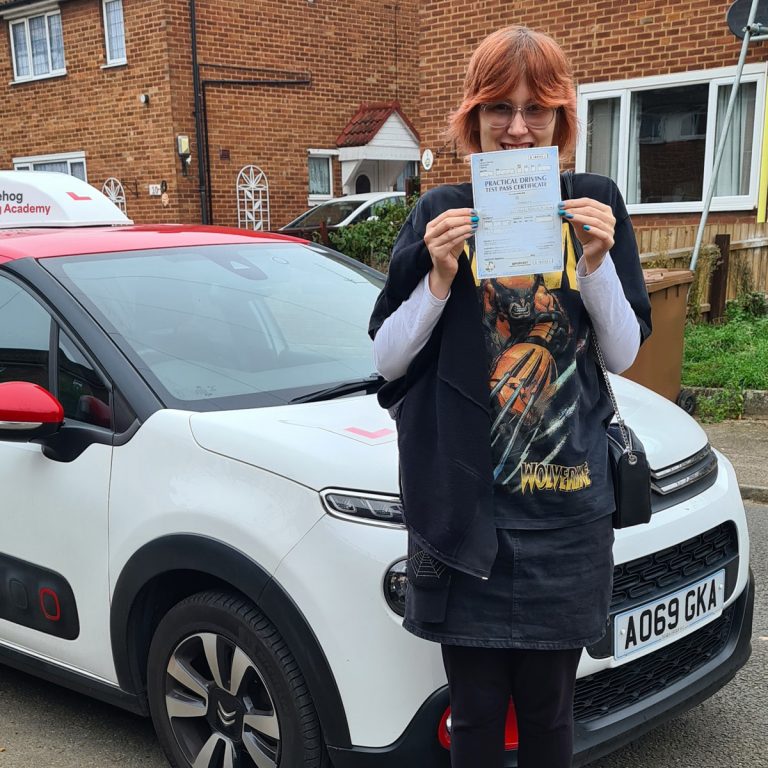
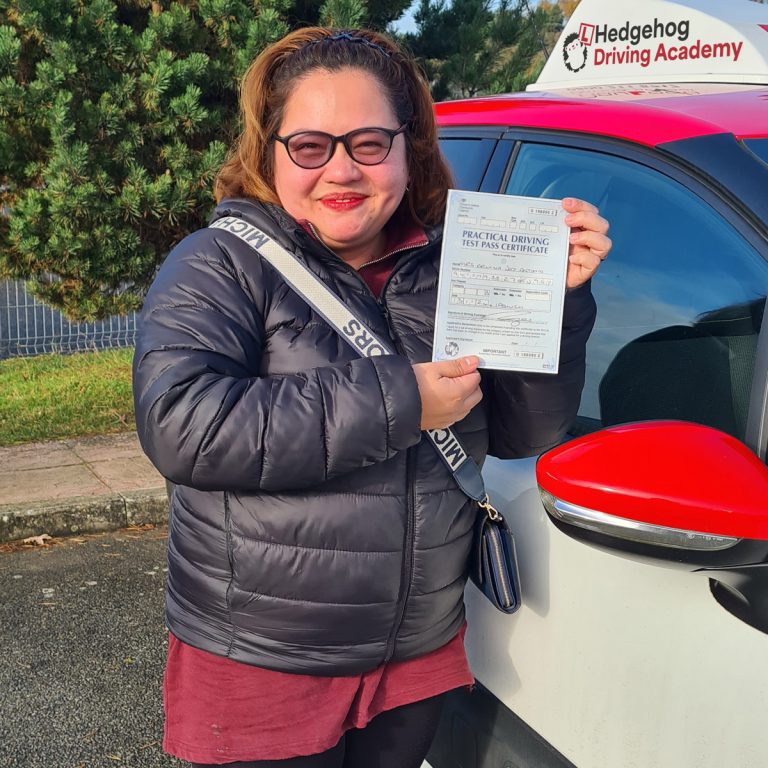
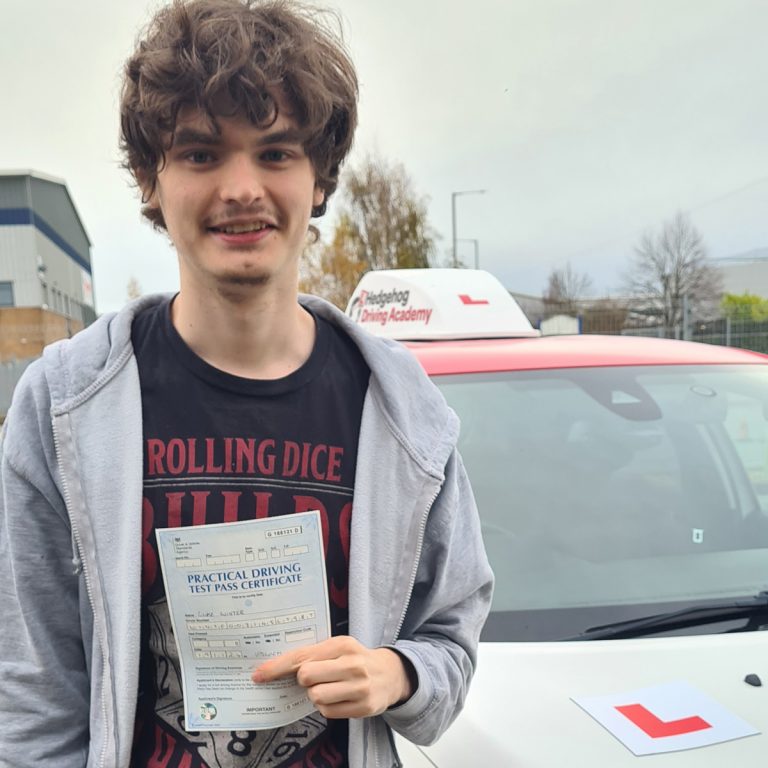
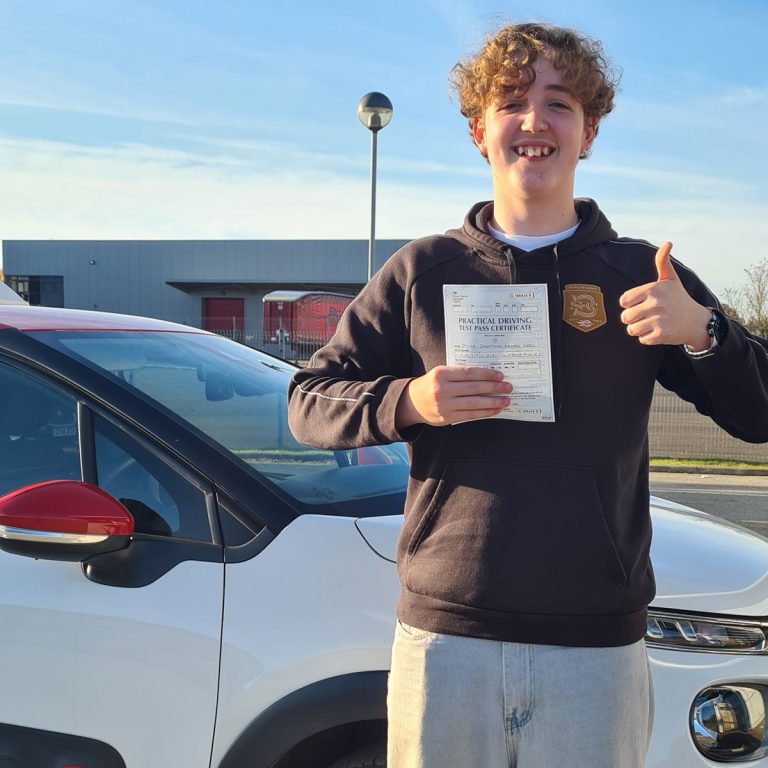
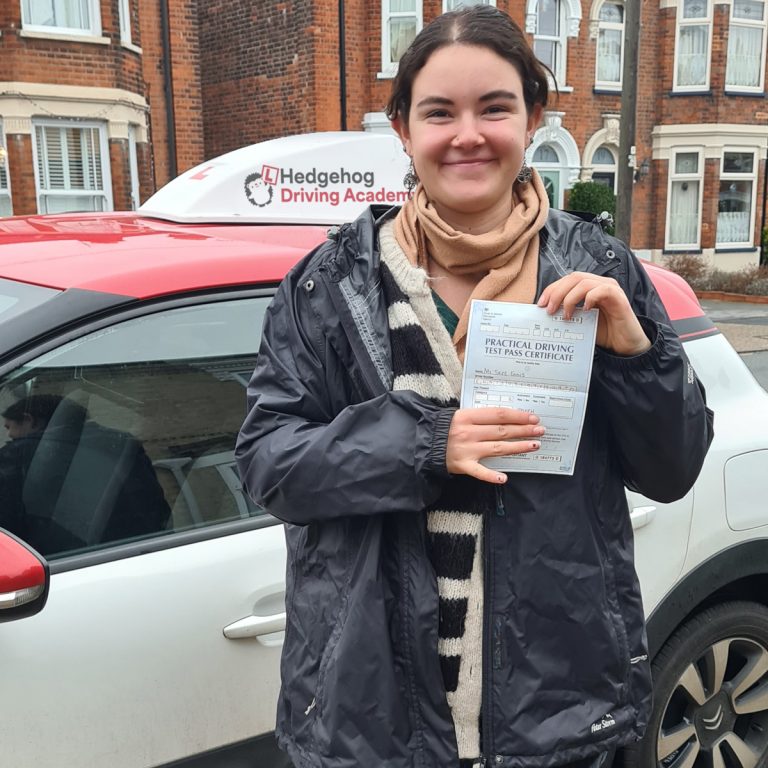




Why choose Hedgehog Driving Academy?
- A fully DBS checked instructor
- Focus on safe driving skills for life
- Discounts for block bookings
- Patient and calm instructor
Areas I cover
- Ipswich
- Kesgrave
- Martlesham
- Woodbridge
- Felixstowe
- Melton
- Playford
- Sutton
- Copdock
- Bredfield
…& surrounding villages